Peripheral Vascular Disease
Peripheral Vascular Disease affects approximately 16 percent of individuals above the age of 60 and around 9 million people in the U.S.
What is Peripheral Vascular Disease (PVD)?
Peripheral Vascular Disease (PVD) is a blood circulation disease. It is a gradual circulation disorder that causes blood vessels outside of the brain and heart to spasm, narrow down, and even block altogether. It can happen in the arteries, veins, or lymphatic vessels.
Causes of PVD
While there are a number of causes of PVD, the most common one is the hardening of blood vessels also referred to as atherosclerosis. It is a gradual build-up of plaque – fatty deposits made of cholesterol and cellular waste products – that limits the blood flow as well as availability of oxygen and nutrients to the tissue. If it continues, then blood clots can form and eventually block of major blood vessels.
Other causes of PVD include infections, injury to the legs and arms, and irregular anatomy of ligament or muscles.
Symptoms of PVD
Almost half of the individuals diagnosed with PVD have no symptoms whatsoever. The ones with symptoms, can depict a number depending on the extent and location of blocked vessels.
Here’s an extensive list of the symptoms of PVD:
- Claudication – muscle pain in lower limb when walking
- Painful leg cramping that is at its peak during exercise and non-existent while the body is at rest
- Gangrene – dead tissue due to lack of blood flow
- Impotence
- Muscles becoming numb or heavy
- Reduced hair growth and cramps when lying in legs
- Arms, legs, and feet turning pale
- Weak pulses in feet and legs
- Wounds over pressure points such as ankles and limbs that do not heal
- Severe burning, or thickened and opaque toes nails
- Chest pain, fever, weakness, or infection
Risk Factors of PVD
There are numerous risk factors of PVD and they are as follows:
- Age above than 50
- Overweight
- Gender is male
- Postmenopausal women
- History of stroke
- Have heart disease, high blood pressure, or diabetes
- Have a family history of high blood pressure, high cholesterol or PVD
- Have kidney disease
Complications
The decrease or absence of blood flow as a result of PVD can result in infection in the extremities, amputation, severe pain, poor wound healing, and even stroke.
How can PVD be treated?
In order to efficiently reduce the risk of developing PVD and controlling the symptoms as well as increasing the effectiveness of the treatment, a healthy lifestyle should be made a priority.
To do that one should:
- Avoid smoking
- Limit or quit drinking alcohol
- Exercise regularly and commit to losing weight
- Eat a healthy, low-fat and cholesterol-free diet that’s rich in vegetables, fruits, and whole grains
- Proactively manage cholesterol level, blood sugar and pressure
- Take medicine to decrease the risk of developing blood clots by credible healthcare providers

